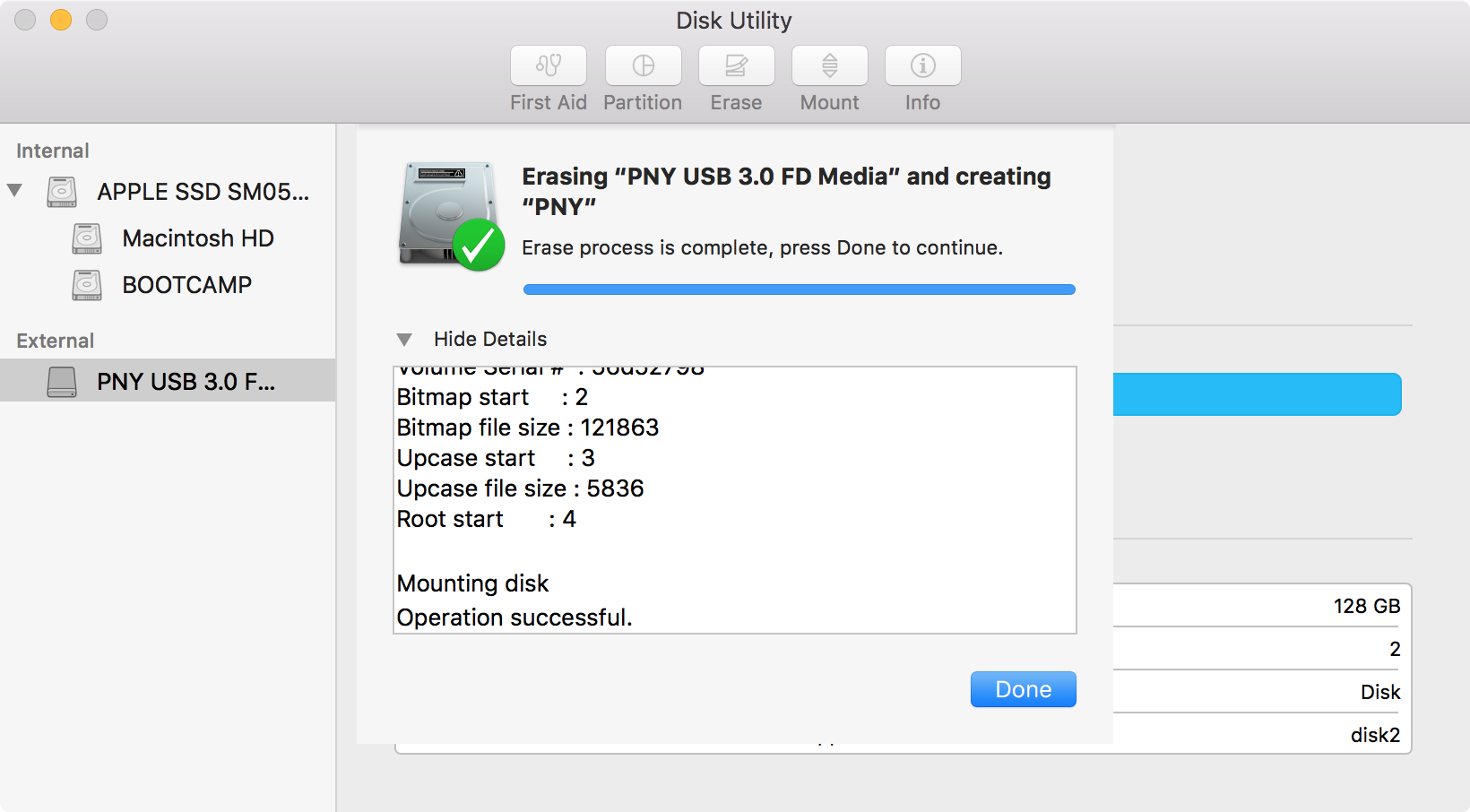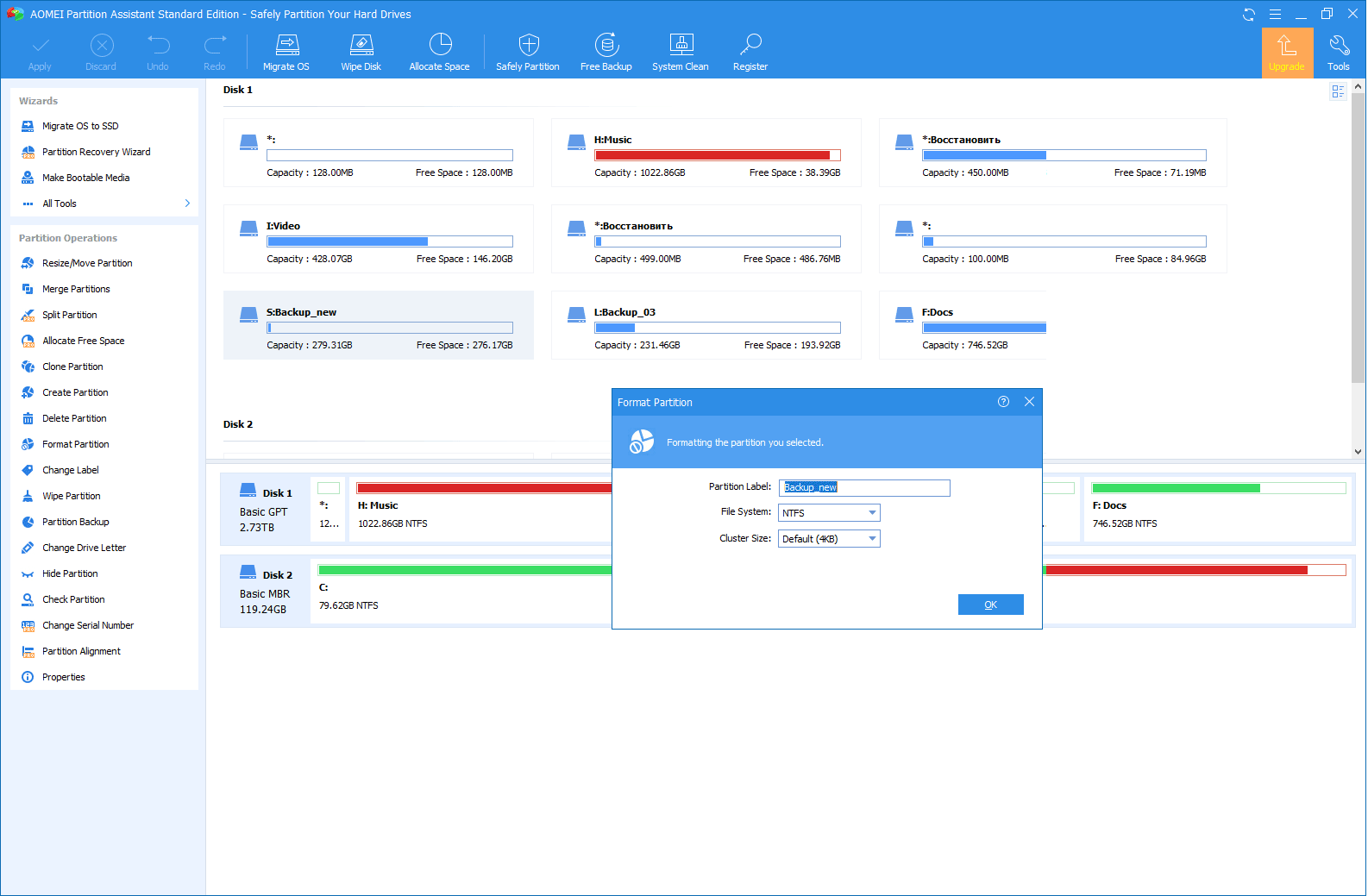
Microsoft NTFS for Mac by Paragon Software supports all alphabets supported by your operating systems, including those that use non-Roman and non-Latin characters, so you will never face the problem of not getting access to file names on volumes mounted in non-native OS. Microsoft NTFS for Mac by Paragon Software easily formats, checks integrity and repairs corrupted volumes. However, this feature can be disabled at any time in the program interface. Microsoft NTFS for Mac by Paragon Software mounts supported volumes automatically at startup, so you don’t need to worry each time you restart the operating system or power your computer on. When a volume is mounted in write mode, you can do everything with the files and folders it contains: read, edit, delete, rename, create new.

The drive will be formatted HFS+, but installing macOS High Sierra or Mojave will change the format to APFS, assuming you’re installing on an SSD. Disk Utility showing GUID option for drive formatĬlick Erase to wipe all the data that’s currently on the drive and reformat it for your macOS install. If you selected the drive name instead of its description you won’t see the Scheme option. Set the format to Mac OS Extended (Journaled) and the Scheme to GUID Partition Map. Disk Utility’s View option shows devices, not just volumes Select the drive description just above the drive name for the device you want to format. Now you should see your drive device descriptions with the drive name nested underneath. Disk Utility hides the GUID format option by defaultĬlick the View widget in the upper left corner of the Disk Utility window and choose Show All Devices. The app is hiding in the Utilities folder inside the Applications folder. Start by connecting the drive to your Mac.

We’ll use an external drive for this example. Unfortunately, Disk Utility in macOS High Sierra doesn’t make that option easy to find. Formatting a drive so you can install and boot macOS requires the GUID partition map.


 0 kommentar(er)
0 kommentar(er)
